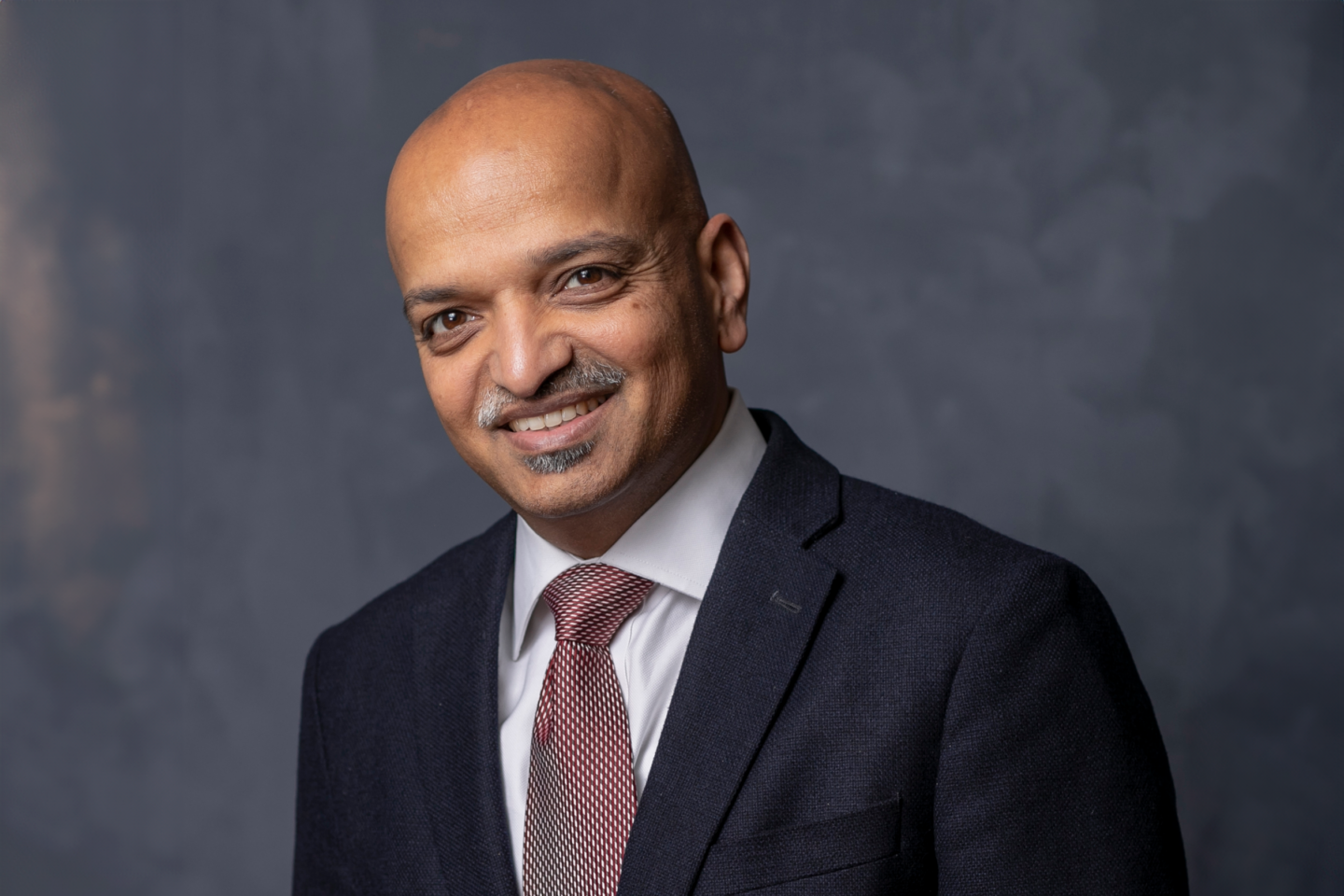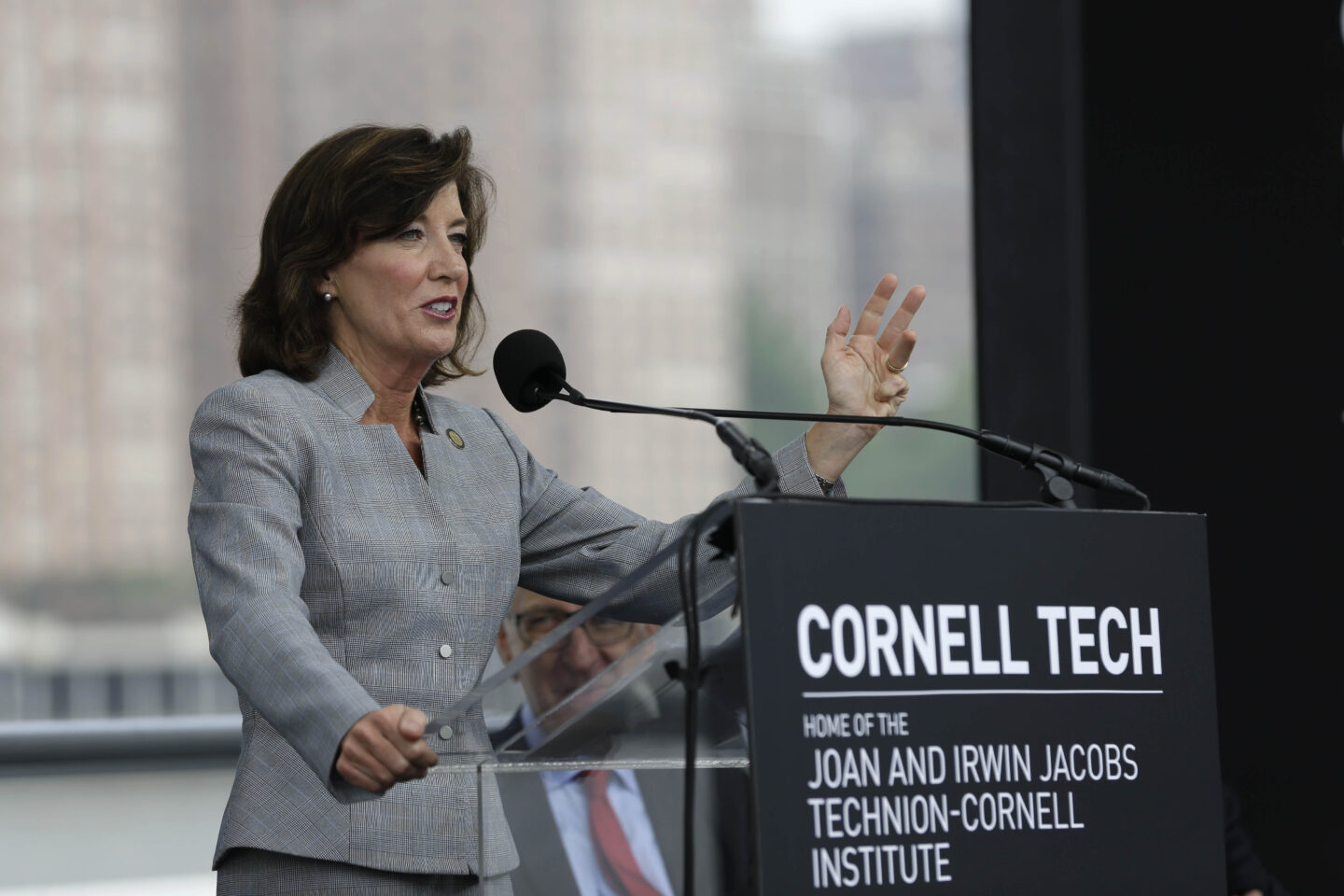January 30, 2024
Author: Liana Began
January 18, 2024
Manoj Thomas Named Associate Dean of NYC Initiatives
January 17, 2024
XR Collaboratory Announces Inaugural Grant Winners
January 8, 2024
Apply for Runway Startup Postdoc Program by Feb. 15
January 8, 2024
Apply for Siegel PiTech PhD Impact Fellowship by Feb. 4
December 14, 2023
Method May Improve Cities’ Responses to Resident Service Calls
December 12, 2023
AI-Generated Images Map Visual Functions in the Brain
December 4, 2023




